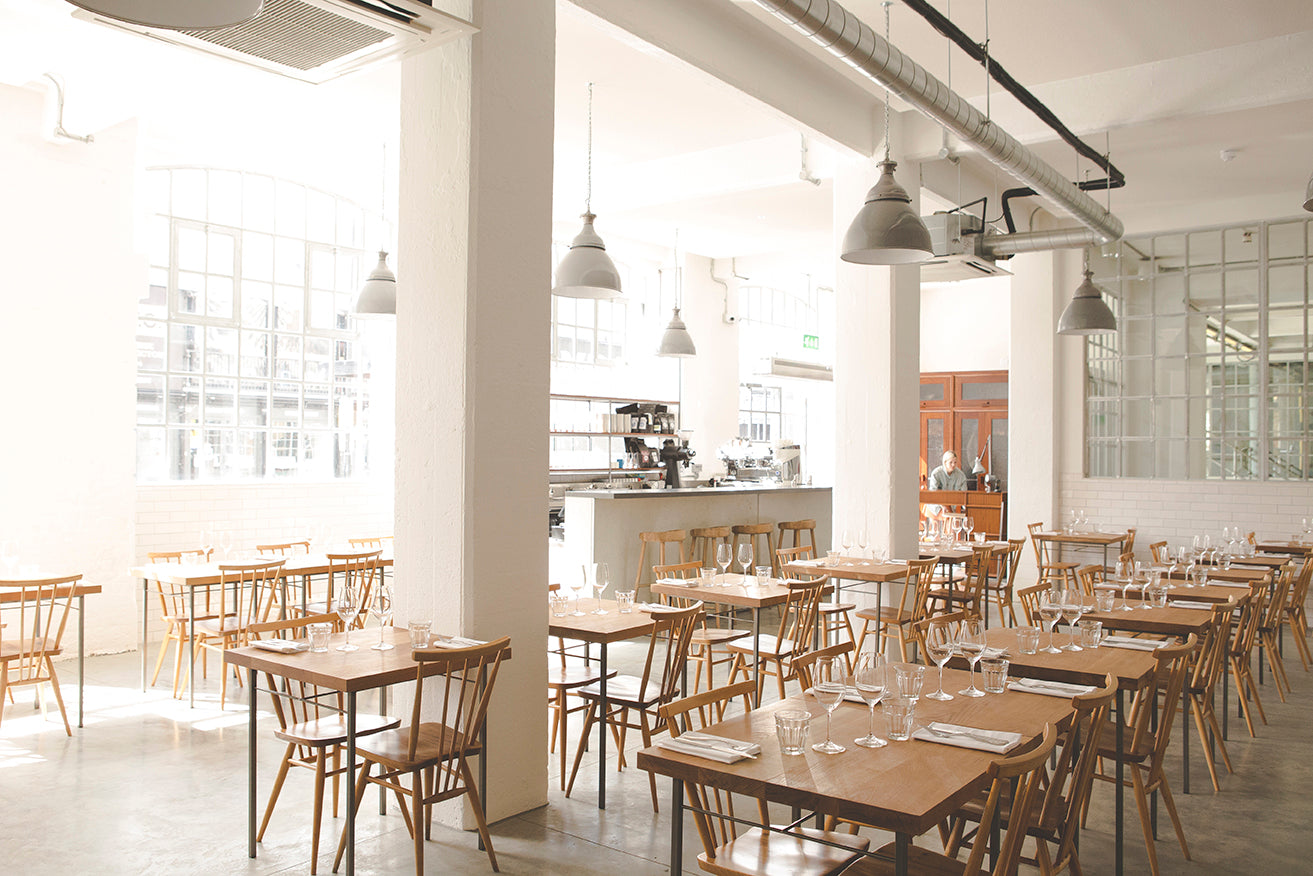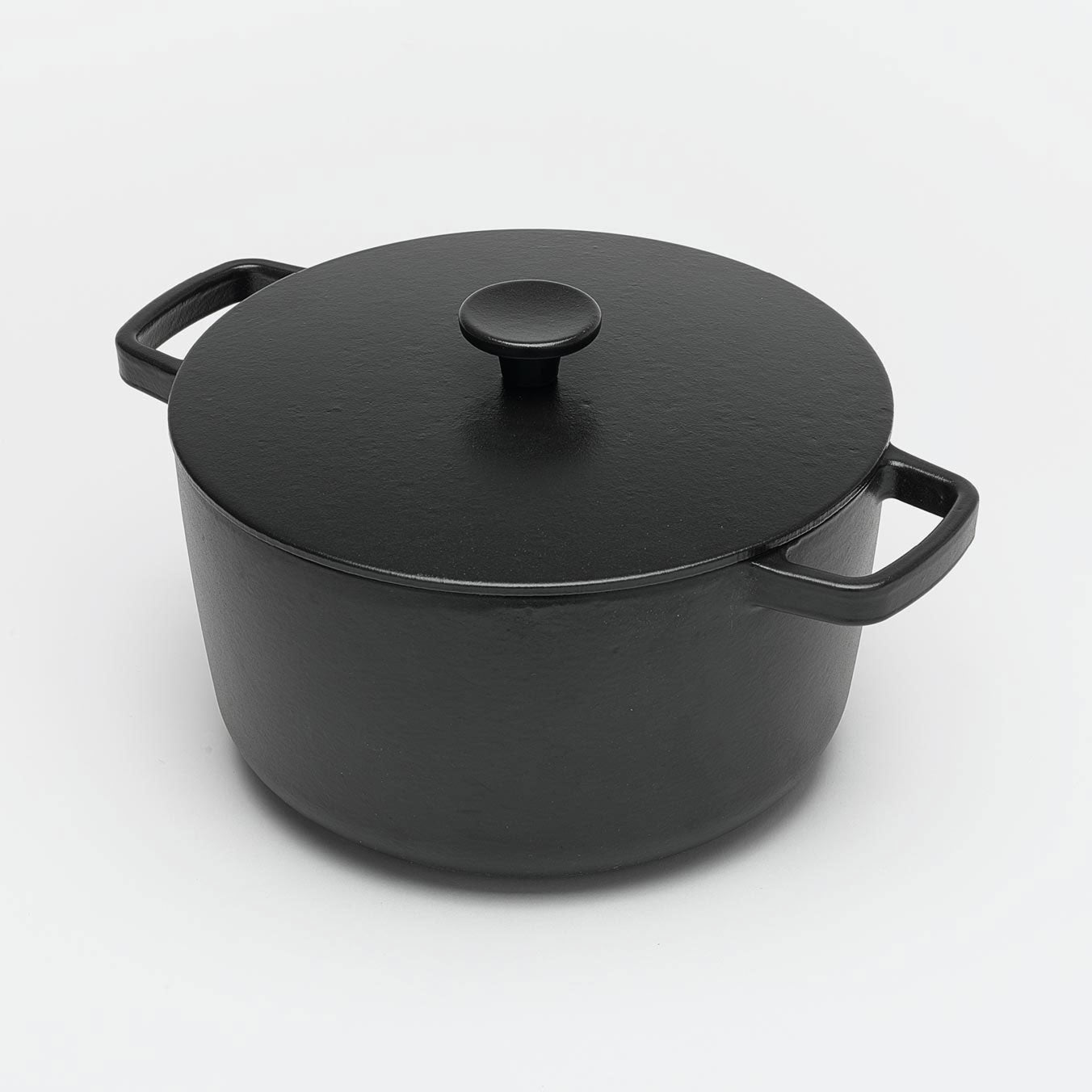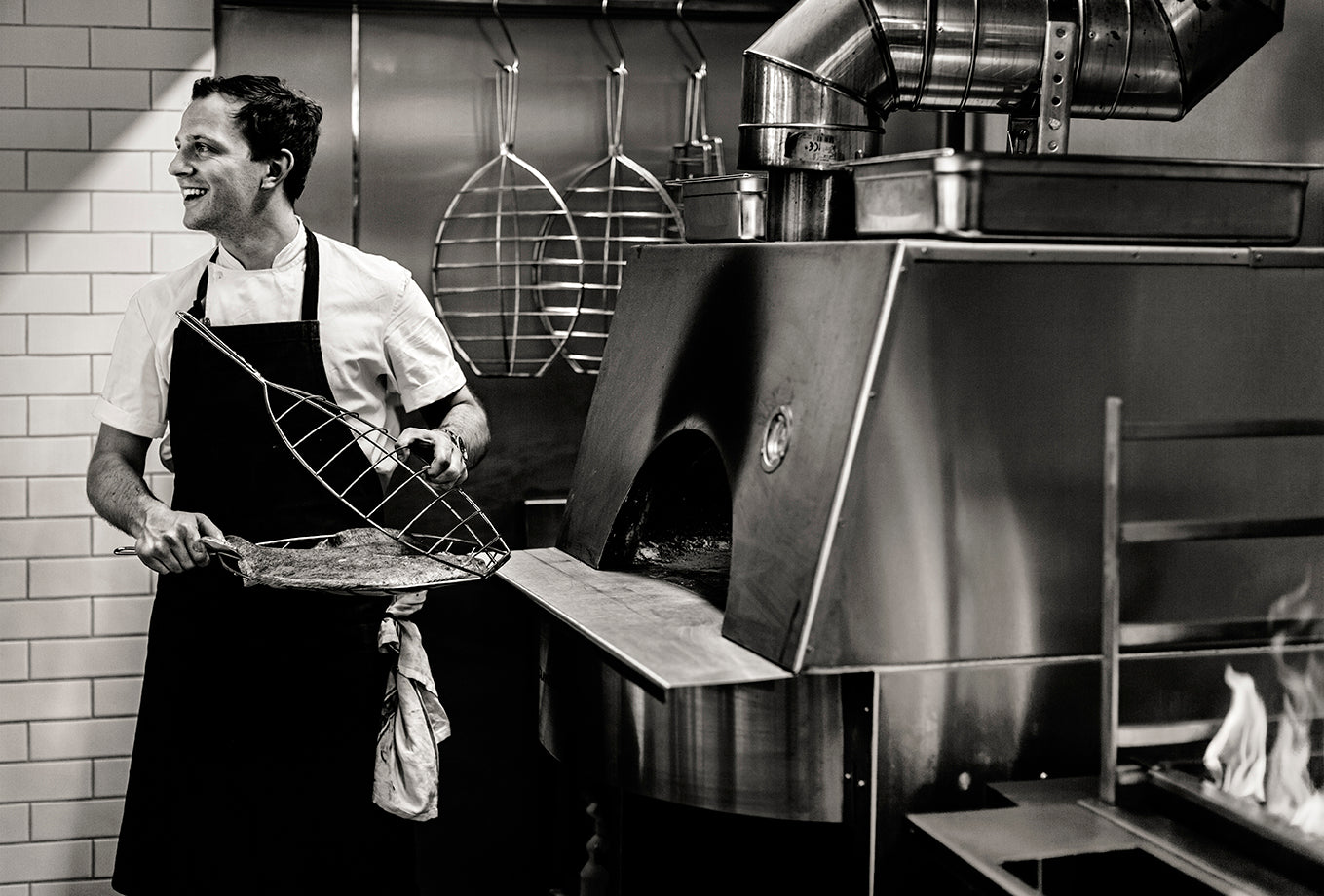


Lyle's Sourdough Recipe - James Lowe
As part of our collaboration with Lyles James Lowe has created a recipe for a sourdough bread that you can make at home in our C1 casserole.
“Bread is one of the most satisfying things you can make. I can think of few other things so special, created from so few and such simple ingredients. One of the things that makes professionaly baked bread so different from homemade bread is the crust. I find that baking bread in a lidded cast iron pot is the best way to recreate the sort of results you’d find if you were to use a bread oven.” James Lowe, lyleslondon.com.
Ingredients
- Makes 800g loaf
- Mother 78.5g
- Water 244g
- Flour 388g
- Salt 12g
- Water 20g
- Ideal for C1 Casserole Pan
Method
To make the mother combine 200g of flour with 200g of water to form a thick batter like mixture. Leave for 48 hours in a warm environment. The flour and water will gather naturally occuring yeasts from their surrounding area and become bubbly. Feed again with 100g of water and 100g flour after 48 hours and leave again. After four days your mother should be ready to go. To test that it’s sufficiently ‘active’ take a small tablespoon and place in a bowl of water. If it floats then you are ready to bake!
A couple of days before you plan to make your sourdough loaf take the mother out of the fridge in order to reactivate it. You will need to feed it several times over the next day or two. To feed it, take 100g of your mother and add 200g of water and 200g of strong flour. Mix thoroughly. Repeat the process a few times over the next two days, leaving it at room temperature to ensure it is activated. Use the float test to confirm that it is ready.
A couple of hours before you start making the bread combine 100g of your mother with 100g of water and 100g of strong flour. Combine thoroughly and leave until small bubbles begin to appear on the surface of the mixture.
You are now ready to make the dough. Combine the mother, water and flour and mix on a low speed for 3 minutes and then leave for 40 minutes in order for the flour to absorb the water, this is called autolysis. Now add the extra water and salt, and mix on a low speed for 10 minutes.
Rest the dough for 3 hours at room temperature folding the dough every 20 minutes to increase the tension. To fold, take the bottom half and fold into the center, repeat with the top half. Having rested the dough it is now ready to shape, form into a ball and leave for a second proving of 2 hours. In the final half hour preheat your oven to its highest setting (230C) and put your pot inside, including lid. Once hot, remove pot from oven, dust with flour and carefully place your loaf inside, don’t worry if it appears to collapse it will resuscitate in the oven. Bake for 20 minutes with the lid on and then remove lid and bake for a further 10 minutes. Turn out and tap bottom to confirm it is cooked, it should sound hollow. You can check a digital probe to check the bread as well, it’s cooked when it reaches 95C.
